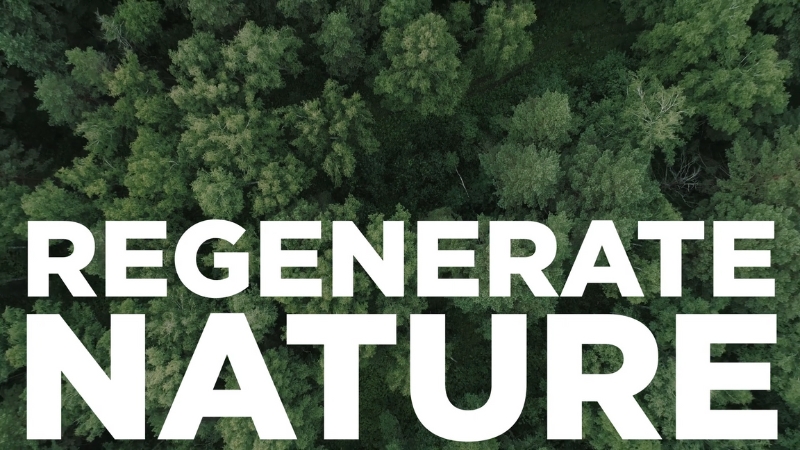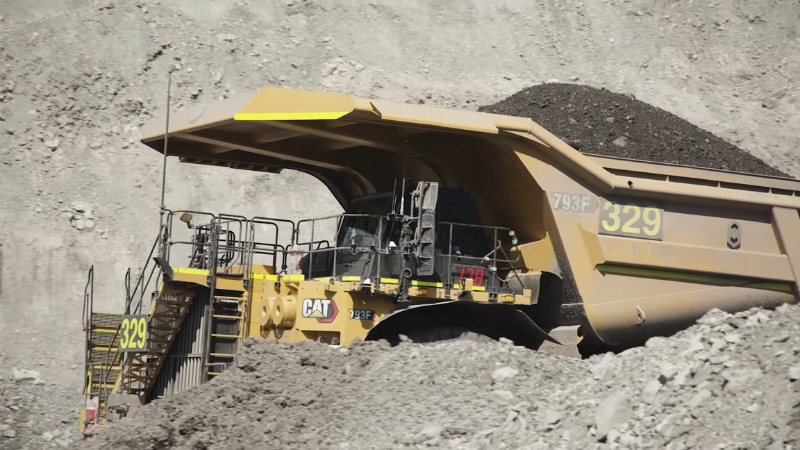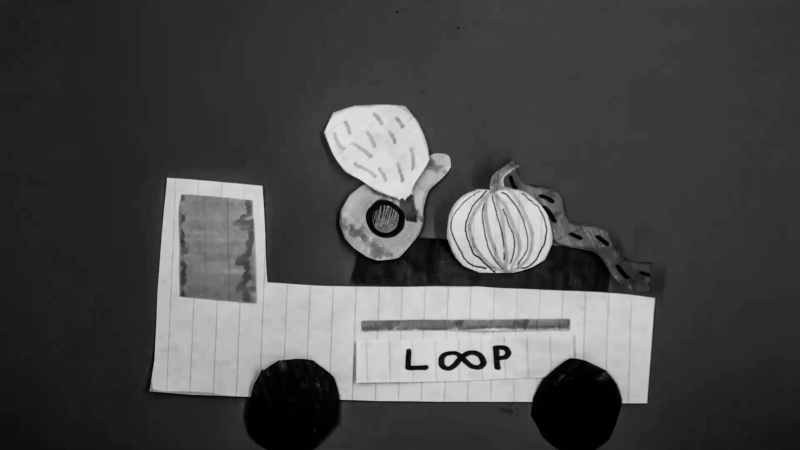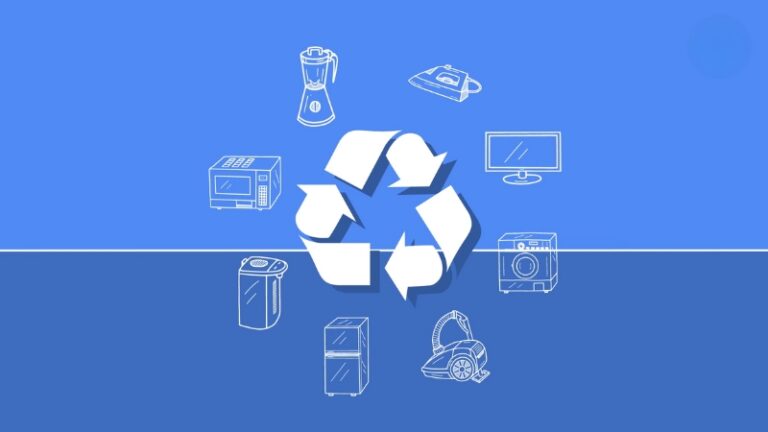A circular economy is an economic model designed to keep resources in use for as long as possible, extract the maximum value from them while in use, then recover and regenerate products and materials at the end of each service life.
Unlike the traditional “take-make-waste” linear economy—which uses resources, makes products, and discards them—the circular economy focuses on eliminating waste and pollution, keeping products and materials in use, and regenerating natural systems.
Key Principles of the Circular Economy
The circular economy is built on three core principles, according to the Ellen MacArthur Foundation (a global leader in circular economy research):
Feature
Linear Economy
Circular Economy
Resource Use
Extract, use, discard
Reuse, repair, recycle, regenerate
Waste
High
Minimized, designed out
Product Lifespan
Planned obsolescence
Extended through repair and reuse
Economic Value
Short-term, single-use
Long-term, recurring
Environmental Impact
Pollution, landfill
Lower, restorative
1. Design Out Waste and Pollution
View this post on Instagram
The first principle of the circular economy is to eliminate waste and pollution right at the design stage. This means rethinking how products are made, so that everything from the choice of materials to the way items are assembled has waste reduction in mind.
Companies might use fewer raw materials, select renewable or recycled inputs, and create products that are built to last, not just to be used once and thrown away.
For example, some electronics brands are now designing gadgets with modular parts, so you can replace a battery or screen without tossing the whole device. The ultimate goal is to prevent waste and pollution before they ever occur, instead of trying to manage them after the fact.
2. Keep Products and Materials in Use
This principle is all about extending the life cycle of everything we use. Rather than a “take-make-dispose” system, the circular economy keeps products, components, and materials in circulation for as long as possible.
This can happen through reuse (like refilling a water bottle), repair (fixing a torn jacket), remanufacturing (restoring an old engine to like-new condition), or recycling (turning plastic bottles into new clothing).
The big idea is to “close the loop” so that almost nothing becomes waste—instead, materials are used again and again, saving resources and reducing the strain on our planet.
3. Regenerate Natural Systems

Unlike traditional economies that often degrade the environment, the circular economy aims to have a positive impact on nature. This principle is about giving back to the planet—restoring, renewing, and enhancing natural resources.
In practice, this might mean returning nutrients to the soil through large-scale composting programs, planting trees, or supporting farming methods that increase biodiversity and soil health.
Instead of just minimizing harm, circular models look for ways to actually improve ecosystems, creating conditions where both people and nature can thrive.
Real-World Examples of Circular Economy in Action
Industry
Circular Practice
Example Company/Initiative
Key Impact (2022–23)
Electronics
Modular/repairable design
Fairphone, Dell
5+ year avg. phone lifespan, 2.5B lbs. e-waste recycled (Dell)
Apparel
Take-back/recycling/repair
Patagonia, H&M
100K+ garments reused (Patagonia), 18K+ tons collected (H&M)
Packaging
Chemical & closed-loop recycling
Loop Industries, TerraCycle
Thousands of tons of plastic recycled, infinite reuse (Loop)
Mobility
Shared ownership/leasing
Zipcar, Lime, Mobike
1 shared car = 13 private cars replaced, millions of rides
Manufacturing
Remanufacturing/refurbishment
Caterpillar, Xerox
85% less energy (Caterpillar), $50B+ US reman. market
Food
Composting, upcycling, surplus
City of Toronto, Too Good To Go
130K+ tons composted (Toronto), 100M+ meals saved (Too Good To Go)
1. Product Design: Fairphone (Electronics)

Fairphone is often cited as a pioneer in circular electronics. Unlike most smartphones designed for quick replacement, Fairphone’s modular devices allow users to easily swap out or upgrade individual parts, like the battery, screen, or camera.
According to Fairphone, their users keep their phones for over 5 years on average, compared to the industry average of just 2–3 years. This design prevents thousands of tons of electronic waste each year and supports a thriving third-party market for refurbished phone components.
Dell has implemented modular laptop designs and take-back programs, recycling over 2.5 billion pounds of electronics since 2007.
2. Reuse & Sharing: Car-Sharing and Bike-Sharing Schemes
Traditional car ownership means most vehicles sit idle over 95% of the time. Companies like Zipcar and city bike-share programs (such as BIXI in Montreal and Citi Bike in New York) maximize resource use by letting many people use the same asset.
For instance, one shared car can replace up to 13 privately owned cars, according to a University of California Transportation Center study. Bike-share programs have diverted millions of individual trips from fossil fuel-powered vehicles, reducing urban emissions and congestion (ITDP, 2022).
Lime and Mobike have placed millions of GPS-enabled bikes in cities around the world, allowing for ultra-efficient, shared urban mobility.
3. Remanufacturing: Caterpillar (Heavy Equipment)

Caterpillar’s Reman program collects used engines, transmissions, and hydraulic components from customers, restores them to factory standards, and resells them with the same warranty as new.
This process, known as “remanufacturing,” uses up to 85% less energy than producing a new part and diverts thousands of tons of metal from landfills each year.
Remanufacturing is a massive industry in the US alone, valued at over $50 billion annually, supporting more than 180,000 jobs (Boston Consulting Group, 2022).
Xerox remanufactures and upgrades its used printers and copiers, offering them as certified pre-owned models at a lower cost and environmental footprint.
4. Textile Recycling: Patagonia (Clothing)
Patagonia’s Worn Wear initiative repairs and sells used clothing, keeping more than 100,000 garments in use per year that might otherwise end up in a landfill. They’ve also recycled over 16,000 tons of old textiles into new fibers for fresh apparel.
Globally, textile waste is a crisis: the Ellen MacArthur Foundation estimates that over 73% of clothing ends up landfilled or incinerated annually. Circular programs like Worn Wear and H&M’s in-store clothing recycling bins help close this loop and reduce the fashion industry’s enormous environmental footprint.
H&M collected over 18,000 tons of textiles in 2022 for recycling through its global take-back program.
5. Food Waste to Resource: Loop Industries

Loop Industries, a Canadian innovator, has developed chemical recycling technology that takes waste PET plastic (from bottles and textiles) and breaks it down into its basic building blocks to make new, food-grade plastic.
Unlike traditional “downcycling,” Loop’s process lets plastic be reused infinitely with no loss in quality. In 2023, Loop helped major brands like PepsiCo and Danone close the loop on their packaging, preventing thousands of tons of plastic from becoming waste.
TerraCycle partners with consumer brands to recycle hard-to-recycle packaging, diverting millions of pounds of waste from landfills every year.
6. Composting & Regeneration: Local Municipal Programs
Many cities now collect food scraps and yard waste separately from trash. Toronto’s Green Bin program, for example, composted over 130,000 tons of organic waste in 2022, turning it into rich soil used for landscaping, parks, and farms.
Composting not only diverts organic waste from landfills (where it produces methane, a potent greenhouse gas) but also returns valuable nutrients to the earth, helping to regenerate local agriculture.
Too Good To Go, an app available in several Canadian and European cities, connects consumers with surplus food from restaurants and grocery stores, saving over 100 million meals from waste since 2016.
Why Does the Circular Economy Matter?
Why are we not more circular in Europe? ♻️
Today, we launched several initiatives to accelerate the 🇪🇺 transition to a more circular economy – including a strategic dialogue on circularity with stakeholders.
Learn more 👉 https://t.co/raykIKJBlP#CircularEconomy pic.twitter.com/1kEHfVQIoW
— EU Environment (@EU_ENV) July 2, 2025
The circular economy isn’t just an abstract idea or a passing trend—it directly addresses some of the most pressing challenges we face as a society.
Resource Security
As global demand for raw materials rises and certain resources become scarce or geopolitically risky, the circular economy helps future-proof economies.
By reusing, repairing, and recycling, we reduce our dependence on finite resources like rare metals, fossil fuels, and old-growth timber.
This means less vulnerability to supply shocks and price spikes, making industries and nations more resilient in a turbulent world.
Environmental Impact
Circular practices dramatically reduce waste sent to landfills and pollution released into the air, water, and soil.
According to the Ellen MacArthur Foundation, adopting circular models could help cut global greenhouse gas emissions by up to 39% across key industries.
Every product that gets repaired or reused instead of discarded is one less item polluting the planet—and one less resource that needs to be extracted from nature.
Job Creation
The circular economy isn’t about doing less—it’s about doing things differently.
Industries focused on repairing, refurbishing, remanufacturing, and recycling create a whole new set of skilled jobs. In the EU alone, the transition toward circular practices is projected to generate an additional 700,000 jobs by 2030.
This shift supports not just the environment, but the livelihoods and prospects of real people.
Innovation
Rethinking how we design, use, and reuse things opens the door to entirely new business models.
Companies are now thriving by offering products as a service, think car-sharing, clothing rental, or electronics subscription, rather than just one-time sales.
This encourages smarter design, better service, and less waste overall.
Final Thoughts
@ellenmacarthurfoundation What is a #circulareconomy? ♬ FEEL THE GROOVE – Queens Road, Fabian Graetz
The circular economy is far more than a buzzword—it represents a fundamental rethink of how we interact with the world’s resources.
Whether it’s a modular smartphone that lasts twice as long, city composting that enriches local farms, or community repair cafés that keep old goods alive, every step toward circularity makes a difference.
As more businesses, governments, and individuals adopt these principles, the impact ripples out: less waste, stronger communities, more innovative businesses, and a healthier planet for all. This shift won’t happen overnight, but every small, smart change adds up.

